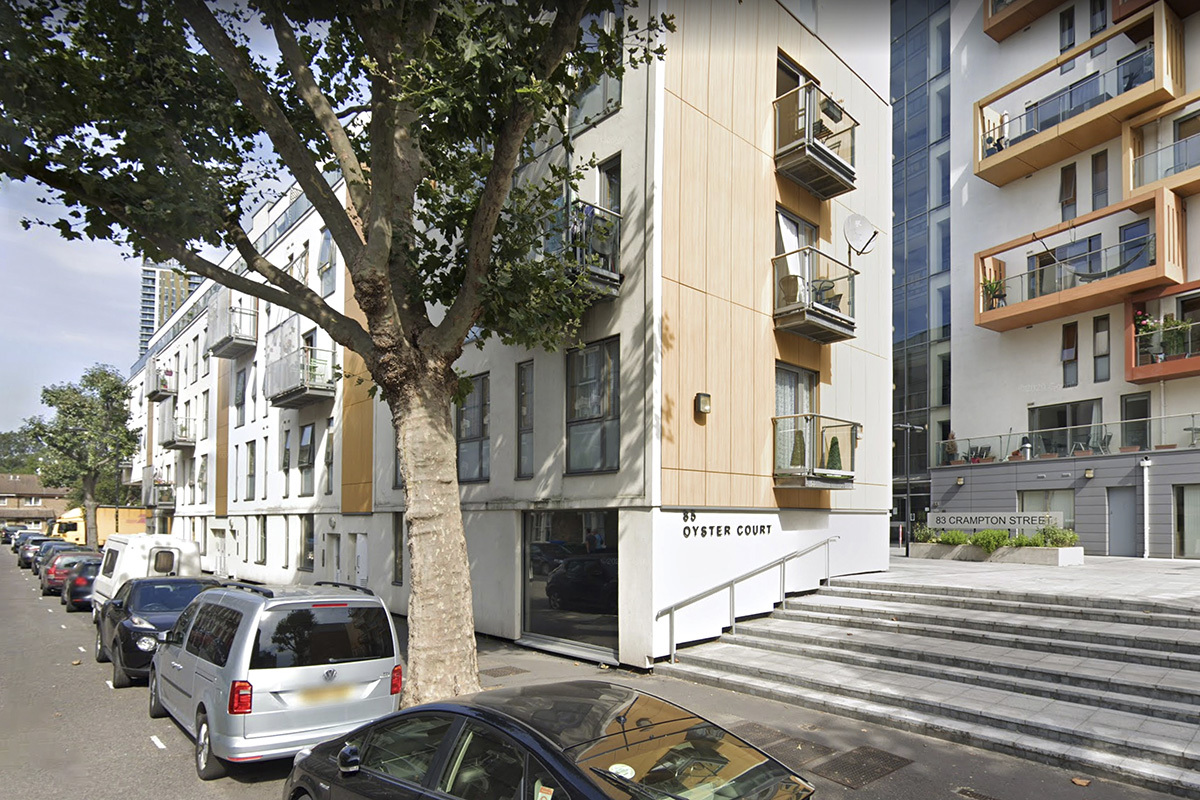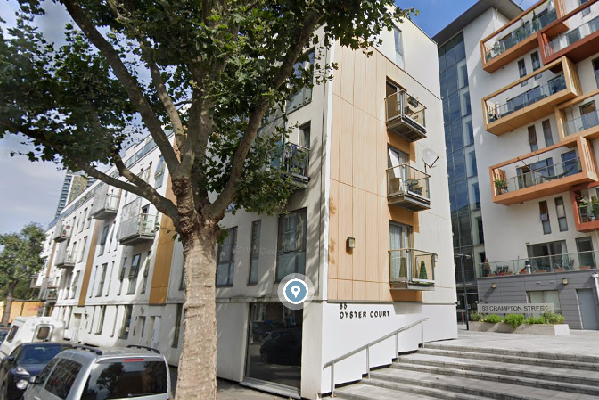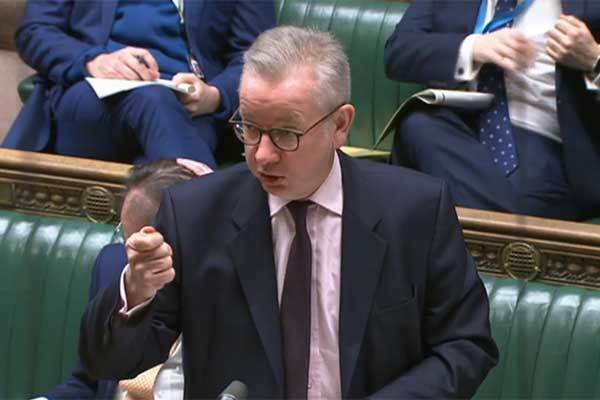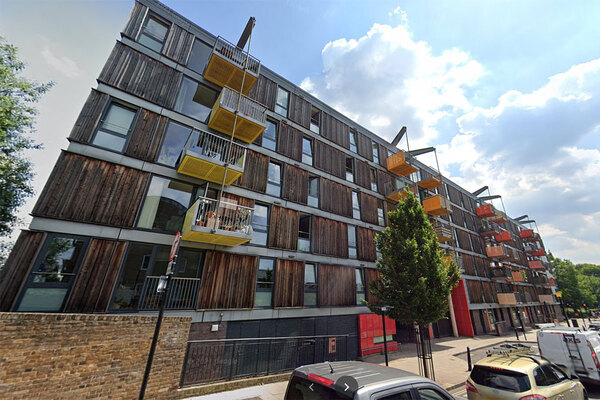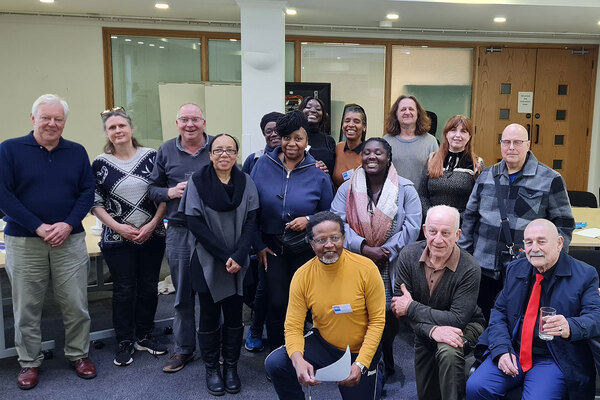RICS rejects government advice to stop EWS1 checks on all buildings under 18m
The Royal Institution of Chartered Surveyors (RICS) has rejected government calls to scrap external wall system (EWS1) checks on all buildings under 18 metres tall, instead opting to stick with its current advice, which means some buildings below 18 metres still require these assessments.
In a statement today, RICS, the architects of the EWS1 process, said it had decided to “pin its colours to the mast” and maintain its current guidance to valuers around when EWS1 checks are needed for medium-rise buildings, despite government pressure to do otherwise.
The decision by its Standards and Regulation Board comes after a five-month review process in which it consulted conveyancers, lenders and other stakeholders.
According to the body, these groups were all supportive of keeping the current guidance, stating that it was not in the public interest to change it.
It also said that these stakeholders felt that the EWS1 system “remains the only means to maintain property lending at this time”.
The move comes as a major blow to government, which has been pushing for the guidance to be amended to take medium and low-rise blocks out of the process.
RICS launched the EWS1 process back in December 2019. It requires a competent professional to check whether a building has combustible materials. If these materials are found, the EWS1 form indicates to banks that remediation is required and, in nearly all cases, this means the value of the flat is impacted and banks would be unwilling to provide mortgages.
The RICS guidance currently states that all buildings of four storeys or higher require EWS1 checks if clad in high-pressure laminate, aluminium composite material, or other metal composite cladding.
Buildings of five or six storeys must be checked if they include these materials, or if more than 25% of the building is covered in cladding.
The review by RICS was prompted by an announcement in July by housing secretary at the time Robert Jenrick, in which he said that lenders should not ask for EWS1 forms on any blocks below 18 metres tall.
The advice came after research by key government fire safety advisors – including Dame Judith Hackitt and Sir Ken Knight – stated that there was “no evidence of systemic risk of fire in blocks of this height”.
Despite Mr Jenrick’s statement, lenders said in the immediate aftermath that they would not change their policies around EWS1 checks for buildings under 18 metres tall until the government and RICS guidance was removed and replaced.
The government’s ‘consolidated advice note’, which states that all buildings need to be checked regardless of height, is expected to be removed in the coming weeks, and current housing secretary Michael Gove has promised that it would go before Christmas.
However, it appears that the RICS guidance will not, meaning that for tens of thousands of leaseholders trapped in their unsellable homes, until they get a clean EWS1 form, this wait could go on for longer.
Dame Janet Paraskeva, chair of RICS’ Standards and Regulation Board, said that it was RICS’ role to safeguard the public interest, and to do that the board had decided to keep the current guidance in place.
She said: “This is so that purchasers do not risk finding themselves trapped in flats of any height because potentially crippling costs are ignored and passed unwittingly on to them, which so many current owners have discovered too late.”
She added that this decision was agreed after consulting lenders, valuers and conveyancers, and that fire safety is not an issue that can be “swept under the carpet” because the correct inspections had not taken place.
RICS also said that it “deeply sympathised” with leaseholders who find themselves trapped through no fault of their own, but said the problem must not be moved from one unsuspecting purchaser to another.
It went on to call for the housing secretary to “be bold” and set out a clear strategy for remediation and a substantial funding solution for all affected buildings, and that this would fix “successive failures from previous governments that have come to light in the Grenfell Inquiry this week”.
The news that RICS will not change its guidance will come as a hammer blow to many leaseholders, with banks still likely to request EWS1 forms on buildings below 18 metres tall.
If deemed to still be unsafe by the EWS1 forms, they will be trapped until expensive remediation is carried out, with those bills likely to fall at their feet.
It will also impact efforts from the Department for Levelling Up, Housing and Communities (DLUHC), which has been trying to reduce the scale of the building safety crisis.
Inside Housing understands that Mr Gove is currently considering a number of proposals aimed at fixing the building safety crisis, which include setting up a central government body to ensure a proportional approach is being adopted to fire safety checks.
When initially launched in December 2019, the EWS1 form was intended only for buildings above 18 metres. However, within a month the government had published its now infamous consolidated advice note, which called for all buildings to be checked and dragged tens of thousands of buildings under 18 metres into the building safety crisis.
There are estimated to be 77,500 medium-rise buildings between 11 metres and 18 metres tall in England. RICS has suggested that EWS1 forms are currently being requested on just 6% of all multi-occupancy buildings with multiple floors.
According to RICS it had seen several examples of buildings that were under 18 metres tall that still required remediation, because they were dangerous, and indicated that it could not ignore this and change guidance that could move the issue on to new purchasers.
It specifically pointed out the case of the Oyster Court building in London, which was revealed by Inside Housing last week.
Leaseholders were told that they could face bills of £80,000 to fix the block – which is under 18 metres tall – after an assessment following new industry guidance, PAS 9980, calculating the risk from external walls.
A DLUHC spokesperson said: “We’re disappointed by this decision as it that lacks ambition to solve the problem countless people, families and households are experiencing.
“We expect the Royal Institution of Chartered Surveyors (RICS) to work harder with lenders to protect leaseholders in flats that are safe from unnecessary anxiety and mortgage delays, which their EWS1 process is causing.
“Our view is supported by independent specialists, who say excessive industry caution is leaving many leaseholders in lower risk buildings unable to sell, or facing bills for work which is often unnecessary.”
RICS criteria for EWS checks below 18m
For buildings over six storeys, an EWS1 form should be required where:
- there is cladding or curtain wall glazing on the building, or
- there are balconies that stack vertically above each other and either both the balustrades and decking are constructed with combustible materials (eg timber) or the decking is constructed with combustible materials and the balconies are directly linked by combustible material
For buildings of five or six storeys, an EWS1 form should be required where:
- there is a significant amount of cladding on the building (for the purpose of this guidance, approximately one-quarter of the whole elevation estimated from what is visible standing at ground level is a significant amount), or
- there are ACM, MCM or HPL panels on the building, or
- there are balconies that stack vertically above each other and either both the balustrades and decking are constructed with combustible materials (eg timber), or the decking is constructed with combustible materials and the balconies are directly linked by combustible materials
For buildings of four storeys or fewer, an EWS1 form should be required where:
- there are ACM, MCM or HPL panels on the building
RICS has also said that the current framework valuers and lenders use to assess fire risk of buildings already allows lenders to include their own instructions, should they wish to adopt the government advice from July.
Sign up for our fire safety newsletter
Already have an account? Click here to manage your newsletters
